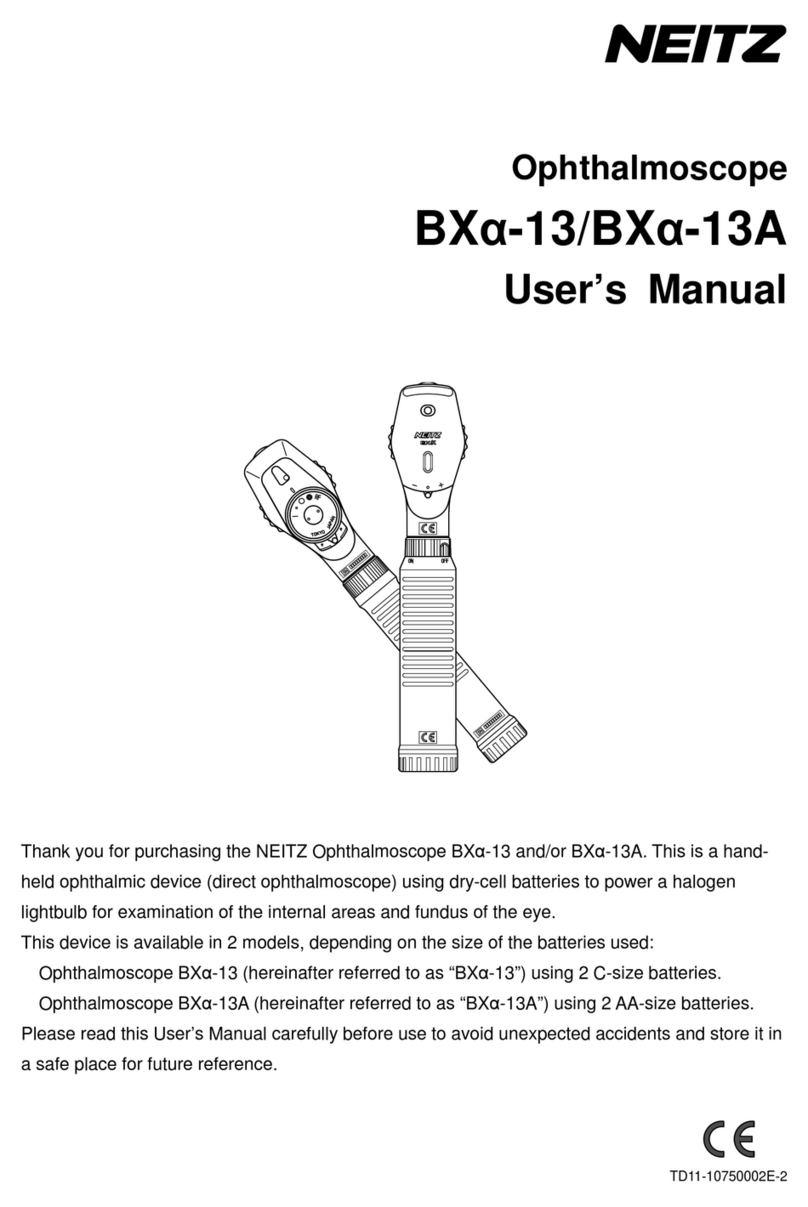
Table of Contents
1. Important Information................................................................................................................1
1-1 Intended Use......................................................................................................................1
1-2 Symbols ............................................................................................................................. 1
1-3 Labeling on Package.........................................................................................................2
1-4 Safety Information.............................................................................................................. 3
2. Checking Package Contents and Nomenclature...................................................................... 5
3. Operation................................................................................................................................... 7
3-1 Charging RX-RC................................................................................................................ 7
3-2 Turning Illumination ON/OFF............................................................................................. 8
3-3 Varying and Rotating Streak.............................................................................................. 8
3-4 Screening...........................................................................................................................8
3-5 Astigmatic Axis Examination............................................................................................ 10
3-6 Determining Refraction.................................................................................................... 10
3-7 Accessories...................................................................................................................... 10
4. Troubleshooting........................................................................................................................11
5. Maintenance............................................................................................................................ 12
5-1 Cleaning...........................................................................................................................12
5-2 Replacing Battery.............................................................................................................12
5-3 Replacing Bulb................................................................................................................. 13
5-4 Disposal...........................................................................................................................13
6. Specifications.......................................................................................................................... 14
7. Contact Information.................................................................................................................20





























